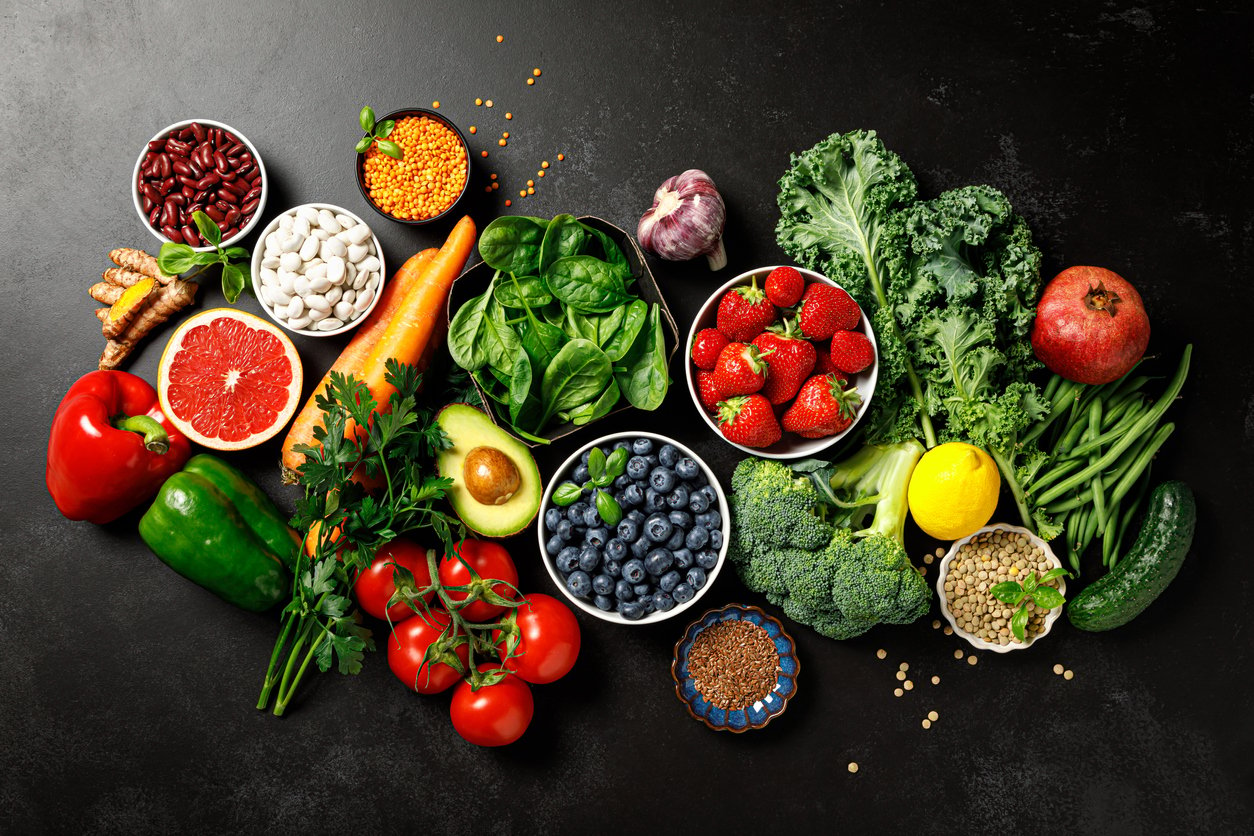In the ever-evolving landscape of health and wellness, few terms pop up as frequently as “antioxidants”. But do we truly understand the word’s significance?
In this article, we’ll embark on a journey to demystify the realm of antioxidants, delving into what they are, the types of antioxidants, and why they’re essential for our well-being.
Join us as we uncover the vibrant world of antioxidants and unveil the top foods and beverages that deliver a potent dose of these health-enhancing compounds.
Oxidation and Free Radicals
“Antioxidant” is a scientific term that literally means “substance that inhibits oxidization.” So in order to understand antioxidants, it helps to first understand oxidation and what happens during this process.
Oxidation happens naturally as your cells process the oxygen you breathe and convert it into energy. During this process, electrons pass along a series of molecules in something called cellular respiration. However, some electrons break free and become unpaired, damaging cells and DNA in their search for other electrons.
Molecules with one or more electrons are called free radicals.
Some free radicals form during natural processes like inflammation from an acute injury. But others develop in response to external factors like fried foods, alcohol, tobacco smoke, pesticides, pollutants in the air, and eating an unhealthy diet.
While free radicals aren’t inherently bad (your body uses them for certain processes, like fighting off problematic bacteria), they are highly unstable and can cause damage to your DNA, proteins, and cell membranes. The key is to have a balance — enough free radicals for their useful functions but not so many as to cause damage. When there are too many free radicals, they overwhelm the body’s natural repair processes and cause health problems.
Oxidative Stress and Antioxidants
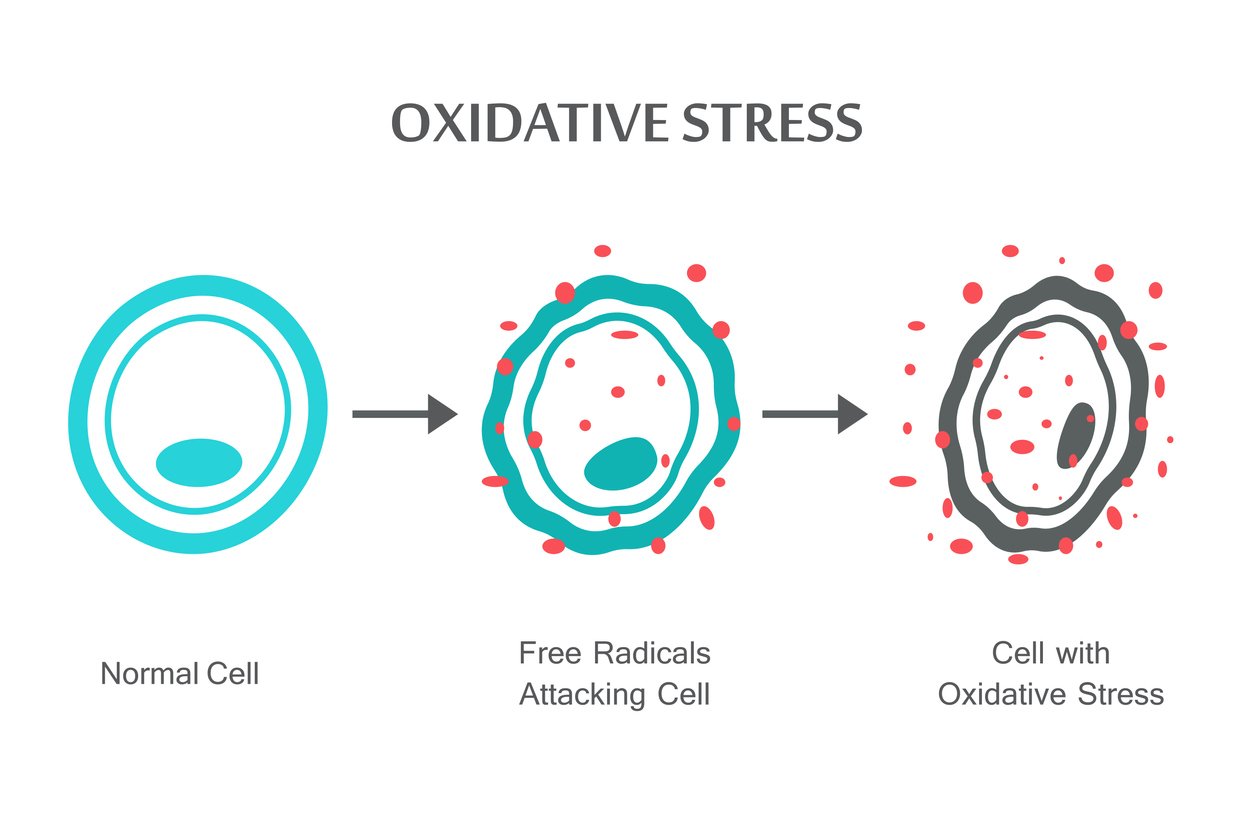
A buildup of too many free radicals in the body is known as oxidative stress.
Oxidative stress is thought to be a leading cause of age-related and non-age-related deterioration and disease, including memory loss, the breakdown of organs, autoimmune disorders, heart disease, type 2 diabetes, cancer, and even wrinkles.
And that’s where antioxidants come into play. They are the good guys in the fight against excessive free radicals and subsequent oxidative stress. Antioxidants neutralize free radicals from oxidation by giving them the electrons they need to stabilize.
This is not just a one-and-done situation, however. Every day, your body is creating free radicals. So you need to consume antioxidants daily in order to keep your cells healthy and in balance. Without antioxidants, free radicals would build up and create significant oxidative stress, putting you at higher risk for a number of chronic diseases and other health issues. This is called oxidative debt.
What’s the Solution to Oxidative Debt?
It’s estimated that we need between 8,000 and 11,000 antioxidant units per day to avoid a deficit. But the average American doesn’t even get half the minimum recommended amount of antioxidants.
This deficiency may be part of the reason why oxidative stress-related diseases, such as heart disease, type 2 diabetes, and certain types of cancer, are so prevalent in industrialized countries.
The solution? We need to consume more antioxidants.
What Are the Different Kinds of Antioxidants?
There are thousands of substances that act as antioxidants in the body. However, not all antioxidants are interchangeable or operate exactly the same way. Some antioxidants excel at fighting certain types of reactive oxygen species (ROS), such as free radicals, while others are effective only in specific parts of your cells.
Your body naturally produces some antioxidants, but most of them have to come from your diet.
While most foods contain some antioxidants, plant foods are the primary source. On average, plant-based foods contain 64 times more antioxidants than animal-based foods.
So what are the most important antioxidants to pay attention to?
Vitamin E
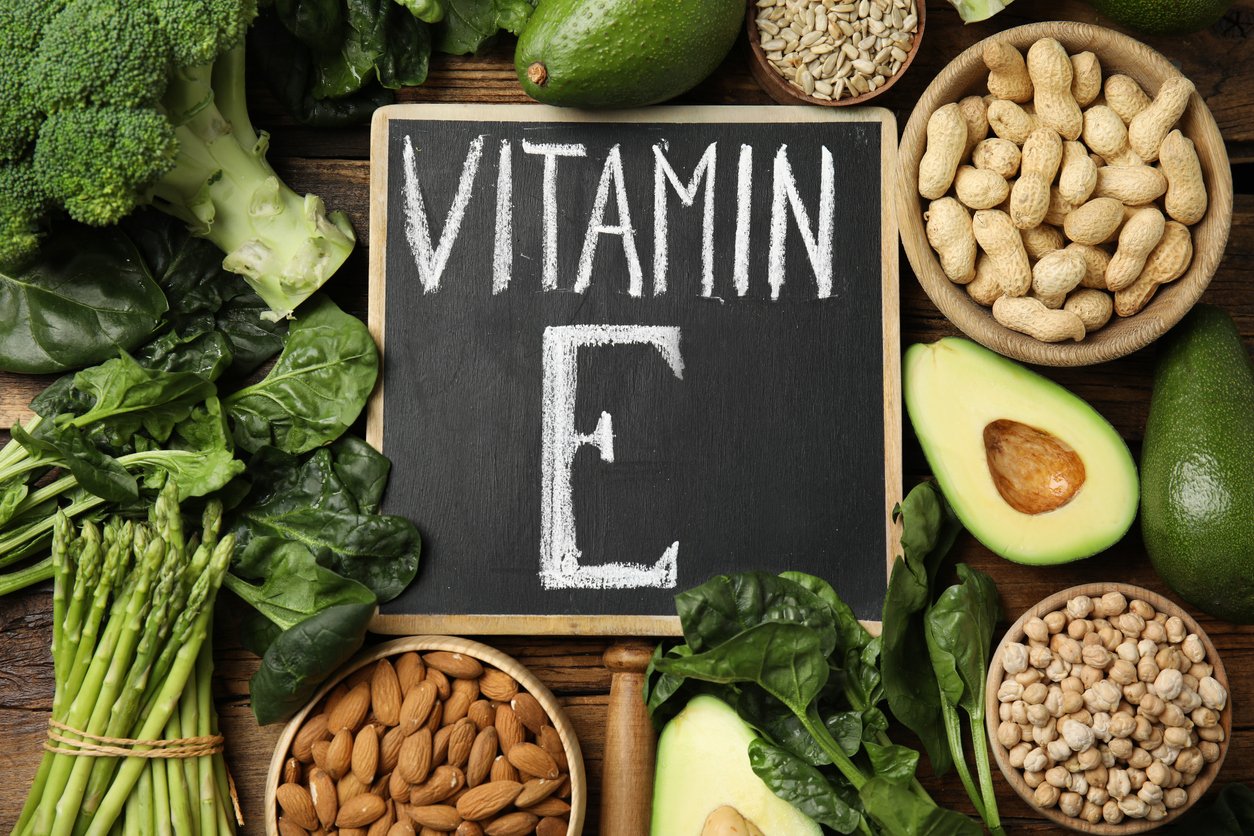
While there are eight forms of fat-soluble vitamin E, α-tocopherol is the most bioactive form of this antioxidant in humans. Vitamin E supports cardiovascular health and immune function, and is good for your eyes, skin, and brain. But it’s necessary to get it from food rather than supplements to reap its benefits. Top food sources include nuts, seeds, avocado, bell peppers, and mango.
For more on vitamin E, including the best sources, see our article, here.
Vitamin C
This crucial water-soluble antioxidant has actually been shown to regenerate other antioxidants. While it’s best known for preventing scurvy and maybe the common cold, vitamin C is also necessary for collagen production and can protect your skin from the sun. Top food sources include citrus fruits, bell peppers, broccoli, papaya, and brussels sprouts.
To find out more about the benefits of vitamin C, see our article, here.
Vitamin A
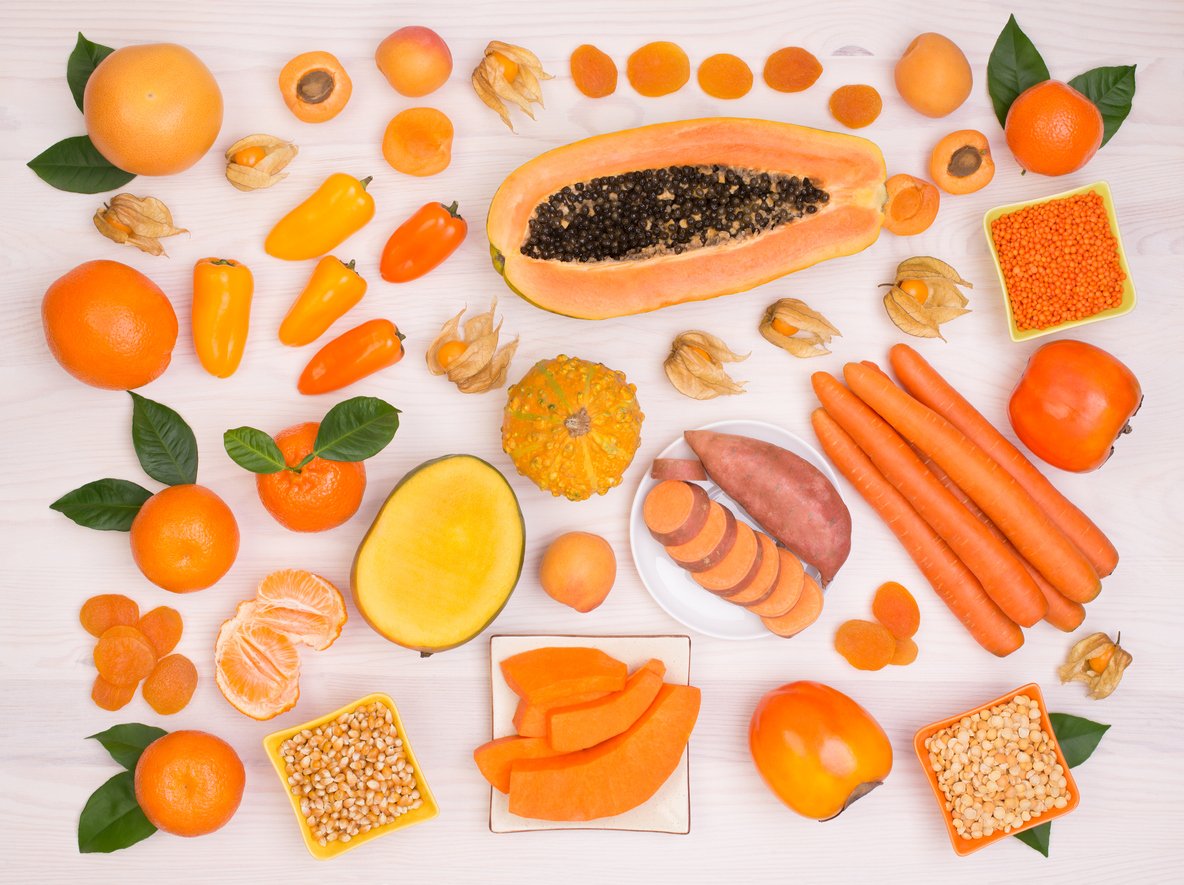
Technically, vitamin A is a group of compounds known as fat-soluble retinoids, rather than a single vitamin. Together, these compounds make up vitamin A, which is an important antioxidant for eye health specifically, as well as immune support and reproductive health. There are both active forms and precursors available in food, the former mainly being in animal products while the latter are found in plants.
Plant-based vitamin A compounds are called carotenoids and include beta-carotene and lycopene, as well as lutein and zeaxanthin. While not all of these carotenoids convert to vitamin A, they are all important antioxidants for good health.
For more on vitamin A and carotenoids, see our article, here.
- Beta-carotene — This red/orange plant pigment combines with other elements to form vitamin A in your body. Top food sources include carrots, sweet potatoes, winter squash, spinach, kale, cantaloupe, and apricots.
- Lycopene — This fat-soluble antioxidant can mostly be found in red- and pink-hued foods. The most famous source is tomatoes, but it’s also found in watermelon, pink grapefruit, pink guava, papaya, and goji berries.
- Lutein and Zeaxanthin — These carotenoids are vital for good vision and work together to protect your eyes from oxidative stress. Top sources of lutein and zeaxanthin are cantaloupe, corn, carrots, and red and yellow bell peppers.
Selenium
This important antioxidant is actually a mineral and originates in soil, where it’s soaked up by growing plants. Selenium is crucial for reproductive hormones as well as thyroid health. Top food sources include Brazil nuts, brown rice, mushrooms, oatmeal, and spinach.
Zinc

The mineral zinc can work as an antioxidant in the body. However, it also works synergistically with other antioxidants to increase their impact. Zinc is essential for DNA protection, wound healing, and the health and functioning of your immune system. For some people, leading sources of zinc are seafood like oysters, crab, and lobster. But good plant-based sources include nuts, seeds, whole grains, and legumes.
For more on the benefits and risks of zinc, and how much you need, see our article, here.
Polyphenols
Polyphenols are a category of pigments, of which the largest group is called flavonoids. They include subgroups like flavones (luteolin and apigenin), anthocyanidins (malvidin, pelargonidin, peonidin, and cyanidin), flavanones (hesperetin, eriodictyol, and naringenin), and isoflavones (genistein, glycitein, and daidzein). Best known for their disease-protective effects, polyphenols can be found in many different types of plant foods, including fruits, vegetables, whole grains, and legumes. Coffee, tea, and dark chocolate are also popular sources of polyphenols.
Omega-3 Fatty Acids
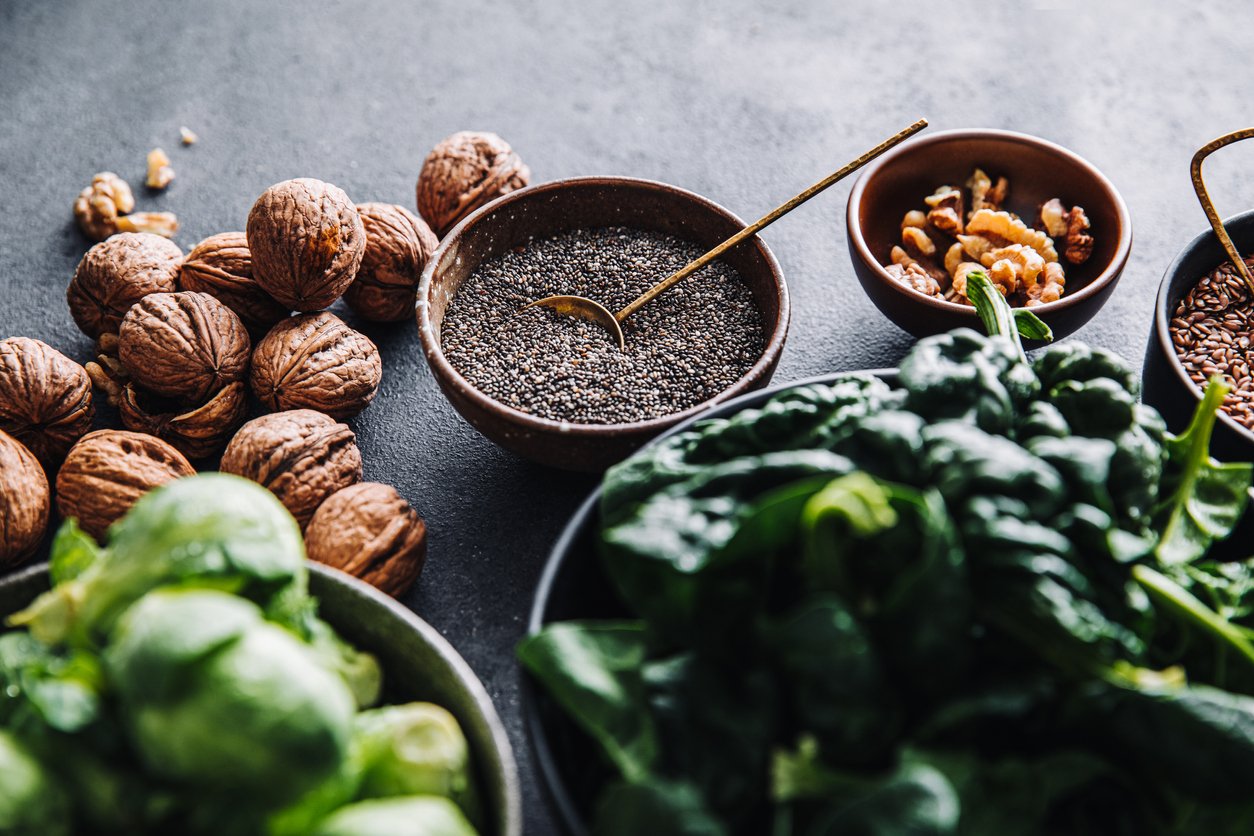
These polyunsaturated fatty acids come in three main forms: eicosapentaenoic acid (EPA), docosahexaenoic acid (DHA), and alpha-linolenic acid (ALA). Some plant foods have ALA, but EPA and DHA are found mainly in fish, certain sea vegetables, and algae. The human body can convert ALA to EPA and DHA, though the efficiency of conversion varies from person to person.
Some people are efficient converters and may do just fine if they eat plenty of ALA. Others benefit from a direct form of DHA and EPA — whether from fish, fish oil, or from an algae-based supplement. Popular foods highest in ALA are flax seeds and chia seeds, with moderate amounts in hemp seeds and walnuts.
Omega-3s are beneficial for brain and heart health along with possessing anti-inflammatory and immune-supporting qualities.
For more on omega-3 fatty acids, including the best sources and how much you need, see our article, here.
Are Antioxidant Supplements Worthwhile?
Many antioxidants are available as highly concentrated supplements. So how does that compare to eating them in food directly?
In a 2004 study published in the American Journal of Clinical Nutrition, researchers put some participants on a fruit- and vegetable-heavy diet while giving others a supplement containing the same antioxidant nutrients.
The study leaders concluded that dietary intervention was better than the supplements at combating oxidative stress.
Foods contain a variety of antioxidants that work synergistically, so they tend to be more effective than supplements, which offer nutrients in isolation.
In fact, the majority of studies on antioxidant supplements have concluded that they provide few, if any, significant health benefits.
Risks of Antioxidant Supplements

While I’m not aware of any research that shows problems ensuing from overconsumption of antioxidants from food, it does seem that some antioxidants can be harmful when taken excessively in supplement form. For example:
- Beta-carotene: A 1996 study published in The FASEB Journal found that beta-carotene supplements may actually increase lung cancer incidence in smokers. This conclusion was also confirmed again in a 2019 randomized, double-blind trial among Finnish men.
- Vitamin E: A 2005 meta-analysis published in the journal Annals of Internal Medicine found that taking a daily dose of 200 IU of vitamin E per day did not raise the risk of death and had possible health benefits. However, the researchers found that for those taking daily doses of 400 IU or more, the risk of death was about 10% higher than among those taking placebos.
- Selenium: High levels of selenium supplementation have been linked to type 2 diabetes, high triglycerides, prostate cancer, heart disease, and issues with immune and thyroid function.
Top Antioxidant-Rich Foods

In a 2010 study published in Nutrition Journal, researchers measured the antioxidant concentration of more than 3,100 foods, including everything from nuts and seeds to breakfast cereals and grilled chicken.
Their conclusion? “Antioxidant-rich foods originate from the plant kingdom while meat, fish, and other foods from the animal kingdom are low in antioxidants.”
Here are 12 of the top antioxidant-rich foods and spices; and remember, it’s important to eat organic as much as possible because pesticides can also create free radicals in our bodies:
1. Clove

The study mentioned above ranks clove as one of the foods with the highest antioxidant capacities thanks to its high levels of phenolic compounds. Clove is also known for its antimicrobial and anti-inflammatory capabilities, making it an important food for immunity. While often associated with the holidays, ground clove has a sweet-meets-savory flavor and can be used in desserts, mocktails, soups, and many other flavorful dishes.
2. Pomegranate
Both pomegranate arils and juice have a high antioxidant content due to their flavonols, vitamin C, and the anthocyanins that give them their color. The compounds in pomegranates make for effective free radical scavengers and can reduce oxidative stress. Use the arils in salads and desserts, and the juice in dressings, marinades, and beverages.
For more on pomegranates and their benefits, check out our in-depth article on them.
3. Artichokes
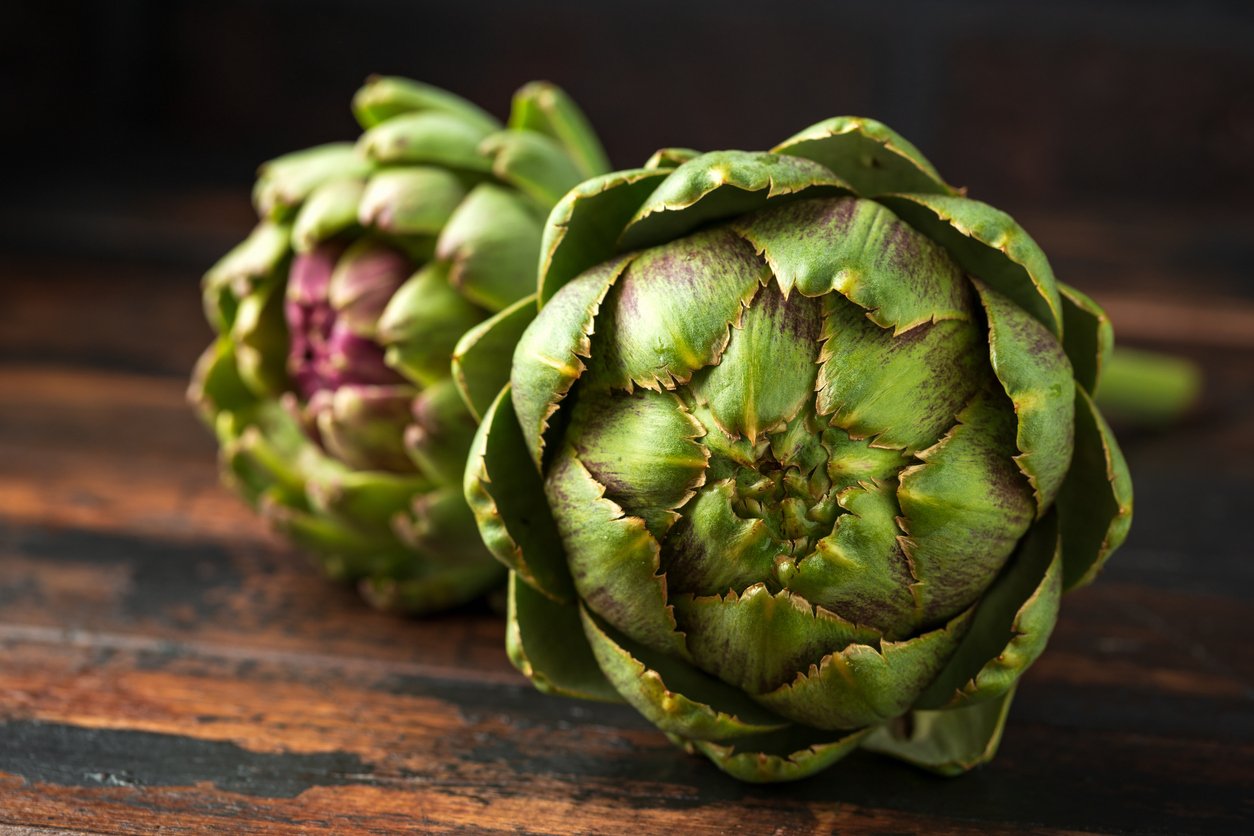
According to the aforementioned Nutrition Journal study, artichokes are among the top antioxidant-rich veggies. But don’t just eat the hearts — the leaves contain a lot of the good stuff, including phytochemicals and flavonols! If you’ve never cooked whole artichokes, it’s easier than it appears. Find out more in our article, Artichokes: Nutrition, Benefits, & How to Cook and Eat Them.
4. Oregano
A great addition to plant-based pizza or almost any savory dish, oregano is big on taste and nutrient density. Research has found it to be a strong antioxidant due to the phenols carvacrol and thymol.
You can easily grow oregano at home in an indoor or outdoor garden, along with other antioxidant-rich herbs, such as rosemary, thyme, and sage. We use it in our Vegan Feta, and it is absolutely delicious!
For more on oregano, see our article, here.
5. Allspice
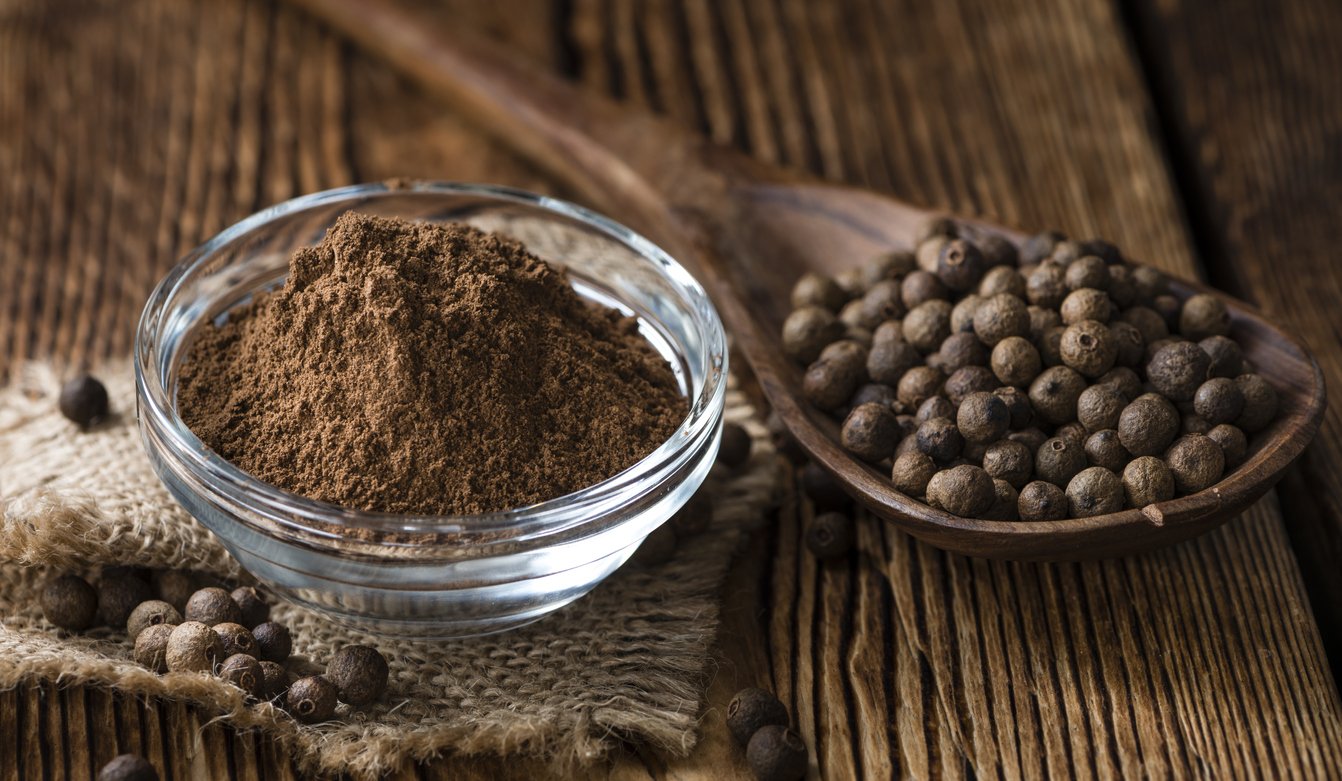
This versatile spice contains vitamin A, vitamin C, eugenol, quercetin, and tannins. Often used as a folk remedy, allspice has antioxidant properties that are protective against cardiovascular disease, digestive disorders, and obesity. It’s commonly added to sweet dishes and baked goods, or for a more robust flavor, try adding it to stews, curries, and soups. Some people even like it in lasagna sauce!
6. Cinnamon
While not quite as potent as clove, cinnamon is another fragrant spice commonly used in baked goods and other sweets that’s a powerful antioxidant. It’s also known for its specific ability to relax blood vessels, making it a valuable functional food for metabolic disorders. To reap its full benefits, use it with other nutrient-dense foods like oats or legumes.
7. Moringa

While you might expect to see other leafy greens on this list such as kale or collard greens, moringa packs an even more powerful punch. Although not as common as these other leafy greens, moringa is becoming more available either fresh or powdered. It’s a good thing, too, because it’s loaded with polyphenols, carotenoids, and vitamin C. And its capability to fight cell damage also gives it antitumor potential in fighting multiple types of cancer. Include it in smoothies and other beverages, along with soups, stews, and curries.
For more on moringa, read our in-depth article, Meet Moringa: What Is This Transformative Superfood Good For?
8. Blackberries
A 2023 study on blackberries showed they have powerful antioxidant, antimicrobial, and anti-inflammatory activity. It also found they could have applications in both the prevention and treatment of various diseases linked to oxidative stress due to their high levels of anthocyanins, as well as vitamins A and C, carotenoids, and other phytochemicals. You can use blackberries however you use other berries, such as in smoothies and smoothie bowls, salads (including fruit salads), baked goods and other desserts, and mocktails.
If you’re interested in creative ways to enjoy berries, check out our article, 5 Healthy Berry Recipes & How to Use Berries.
9. Sunflower Seeds
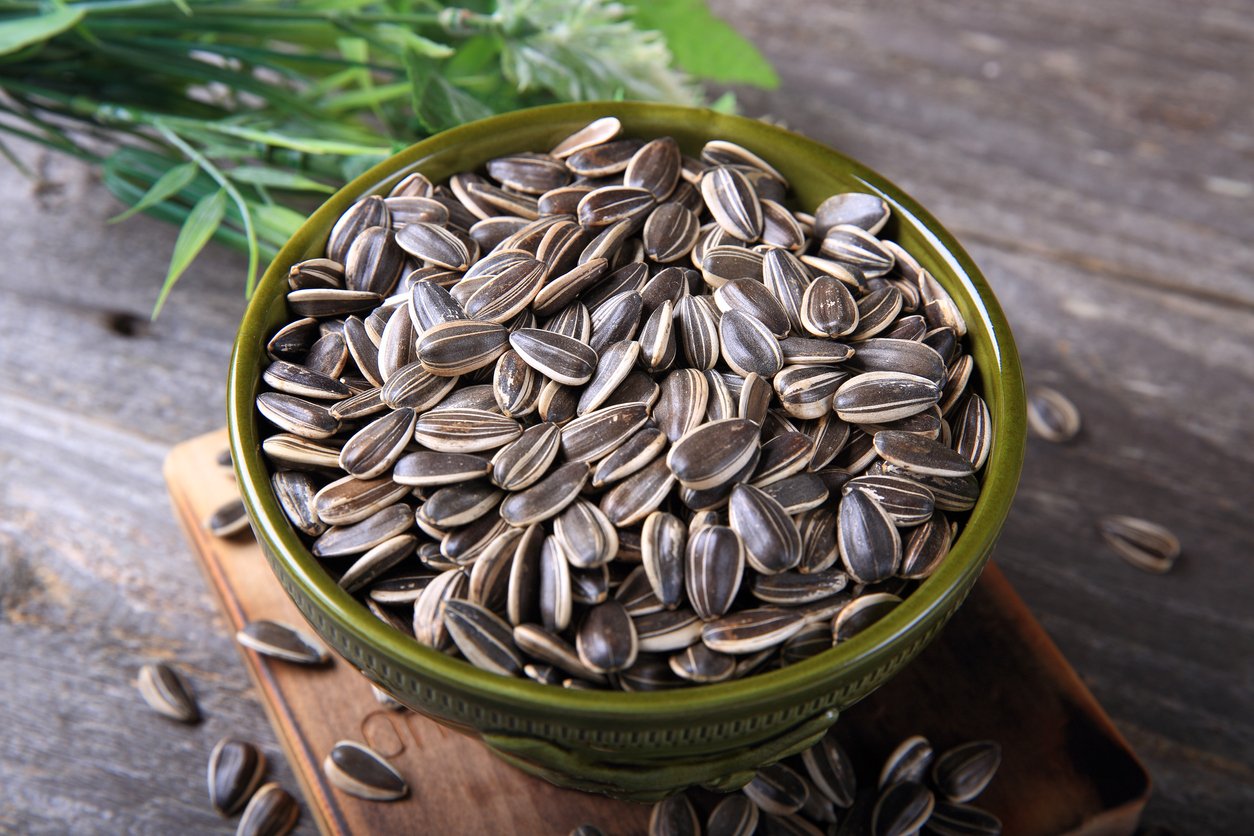
Of all the most eaten seeds, sunflower seeds rule them all in terms of antioxidant capacity. Sunflower seeds are high in vitamin E and also contain omega-3 fatty acids, polyphenols, and flavonoids. Although they’re plenty healthy on their own, sprouting the seeds may increase their antioxidant content. You can use sunflower seeds or sprouts in salads, granola, homemade crackers and other snack foods, and in veggie burgers.
10. Dark Chocolate
Chocolate may be responsible for up to 20% of antioxidant consumption in the US and Europe. But when it comes to chocolate, the higher the percentage of cocoa, the better. Dark chocolate has a wealth of antioxidant compounds including polyphenols, flavanols, and catechins. However, if you’re going to eat dark chocolate, you may want to find out the lead and cadmium content as heavy metals have become a concern. You can use chocolate in desserts like nice cream and baked goods, smoothies, overnight oats, or granola.
11. Walnuts
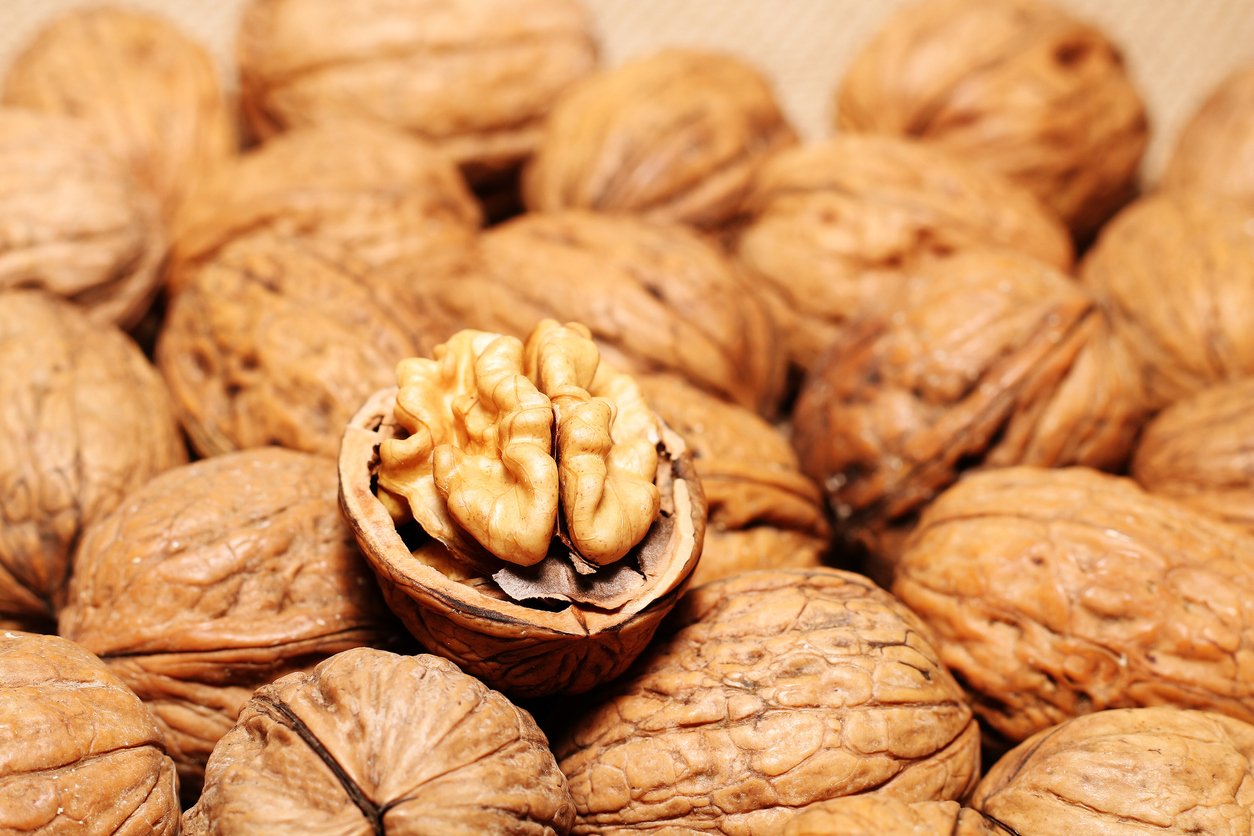
Of all the commonly eaten nuts, when it comes to antioxidants, walnuts reign supreme. In fact, walnuts are one of the plant foods consistently ranked high in terms of antioxidant capacity. They had the highest level of polyphenols out of nine different nuts in one study, and showed potential for inhibiting atherosclerosis and preventing heart disease. Walnuts go well in baked goods, granola, oatmeal; sweet or savory side dishes; and in salads, sauces, and dressings.
12. Coffee
This popular beverage turns out to have loads of antioxidants such as flavonoids and quercetin. In fact, in many different countries, including the US, coffee is the #1 source of antioxidants — by a wide margin. Some researchers even consider caffeine to be an antioxidant, of which coffee also has plenty. Drink coffee straight to get the most bang for your buck. What you put in your coffee matters, as sugar and dairy can have harmful effects on your health and can decrease the coffee’s antioxidant effects.
For more on coffee, check out our in-depth article, here.
Antioxidant Recipes
The healing benefits of antioxidants never cease to amaze us, and what’s even more amazing are all the tasty ways you can consume them daily! Antioxidants are found in both sweet and savory plant-based foods, so no matter which tastes you prefer, we’ve got something for everyone with these antioxidant-rich recipes!
1. Morning Mocha Smoothie
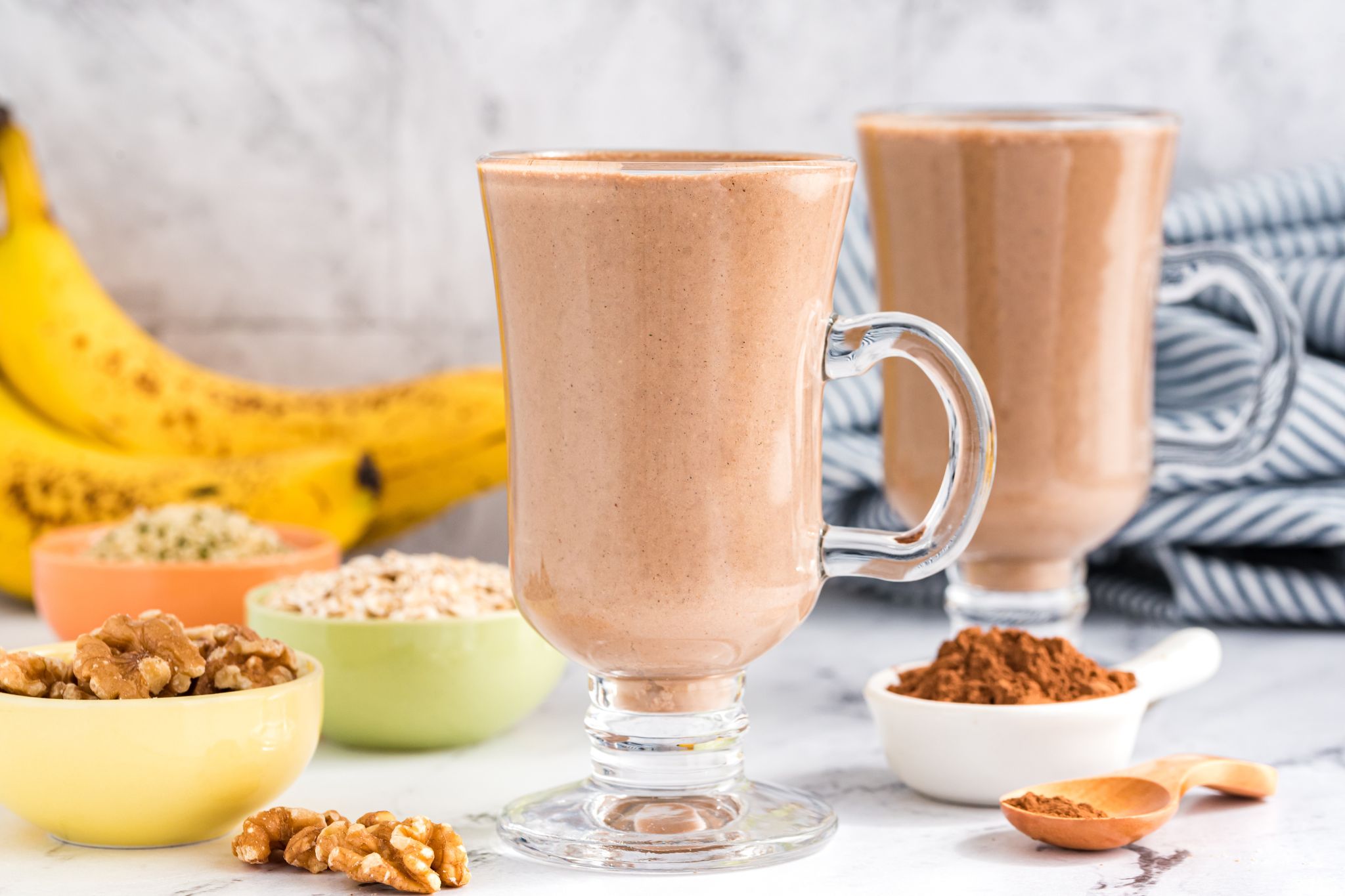
Coffee and chocolate may be two of the most soul-satisfying antioxidant-rich foods on the planet. Featuring them together creates a flavor combination that is simply blissful! Because you get two superfood stars in one scrumptious smoothie, you get tremendous amounts of polyphenols (a potent type of antioxidant). With the addition of bananas, dates, walnuts (which are also rich in antioxidants), and hemp seeds, you get a nutrient-powered smoothie that will surely give you a boost of energy to start the day!
2. Grilled Romaine, Sunflower, and Pomegranate Salad
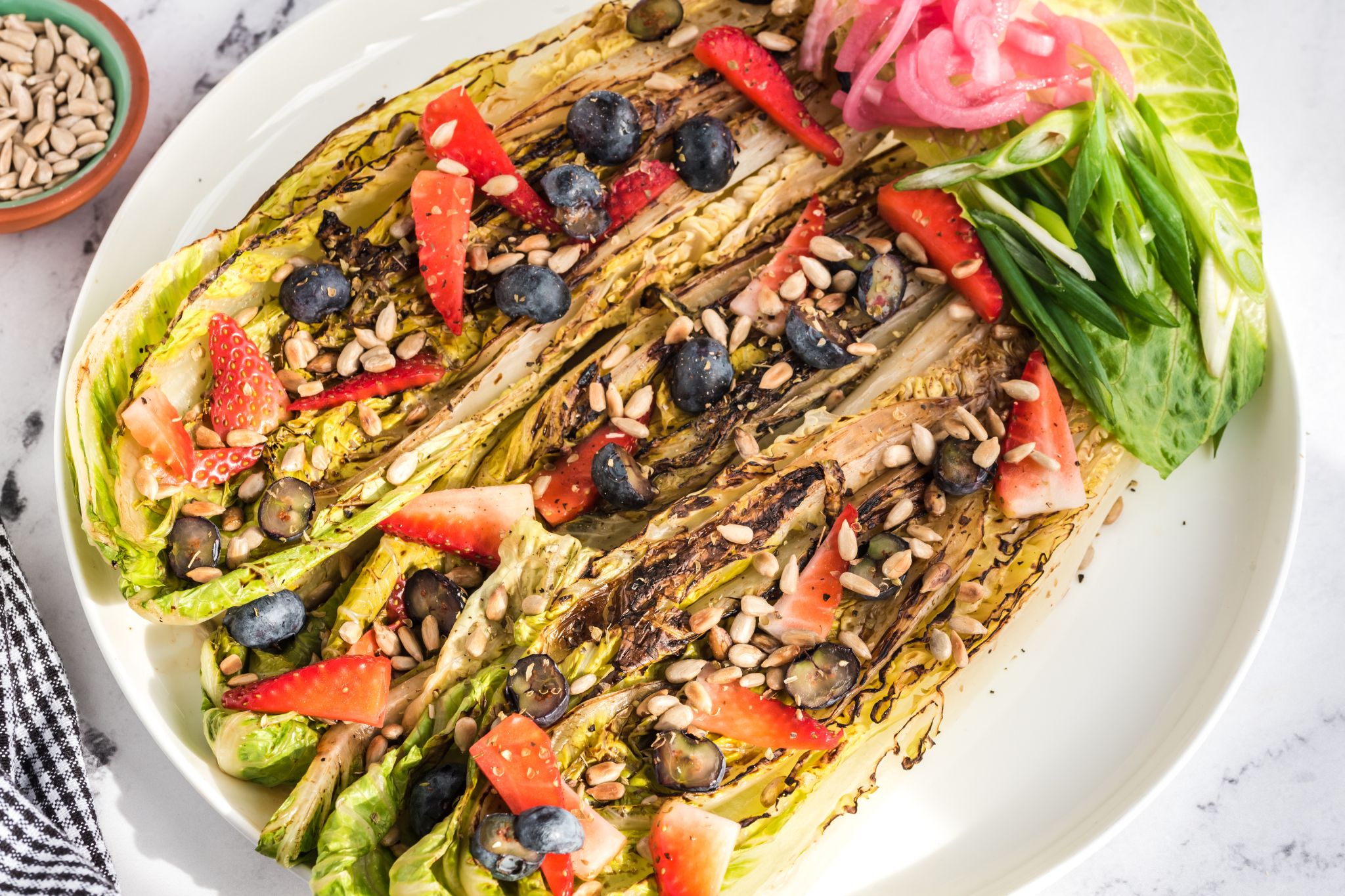
Nutty sunflower seeds and tart pomegranate are the antioxidant duo you didn’t see coming! Grilled romaine not only puts a new spin on salad, but this recipe also provides an explosion of plant-based antioxidants like vitamin E, omega-3 fatty acids, and polyphenols from the sunflower seeds as well as vitamin C, flavonols, and anthocyanins from the pomegranate. With so many antioxidant-rich ingredients in this simple yet delicious salad, it’s a winner both in nutrition and presentation!
3. Cheesy Artichoke and Asparagus Penne
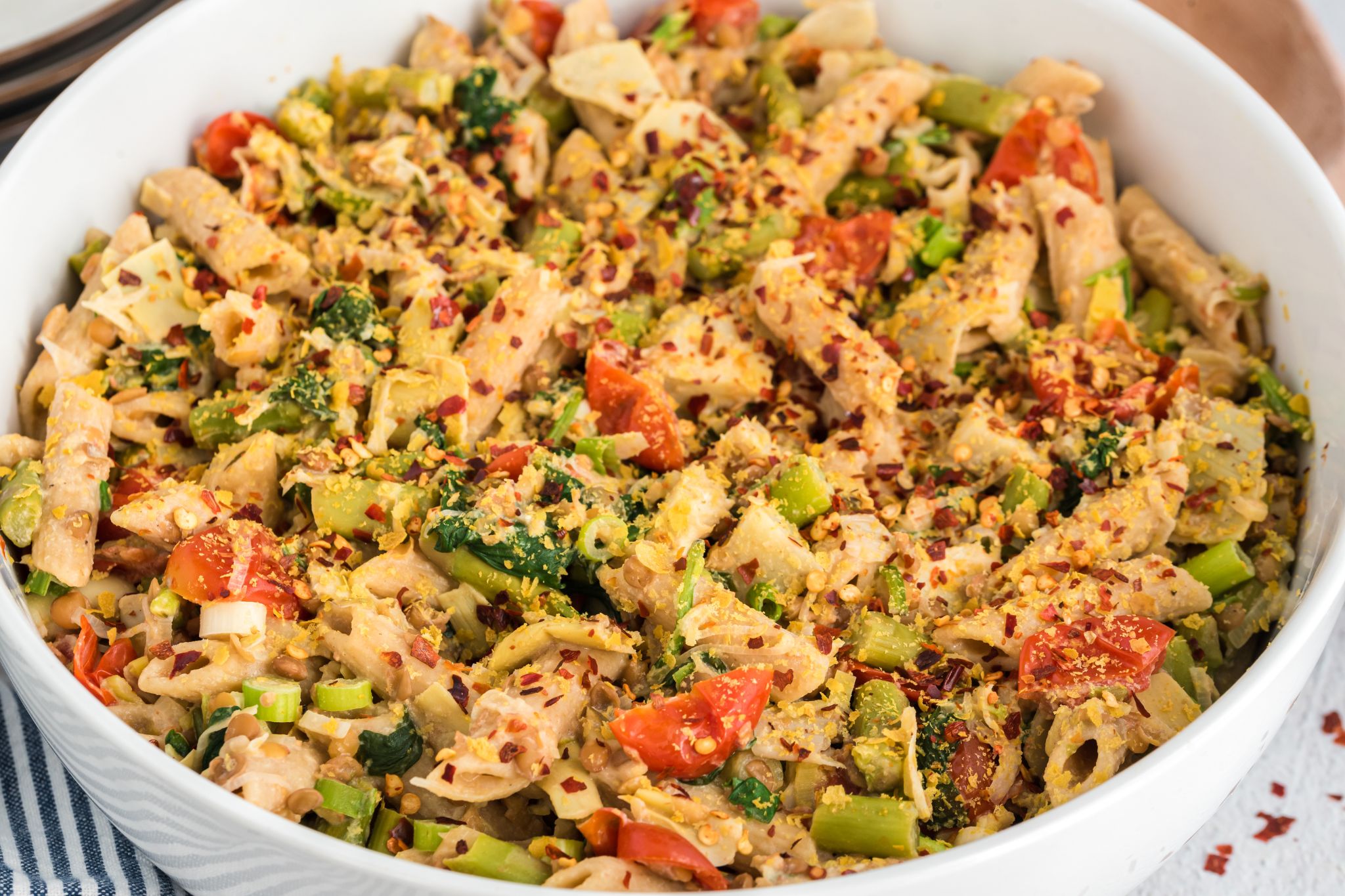
Artichokes are among the top antioxidant-rich veggies — and boy, oh boy do we love them (and hope you do, too!) in this Cheesy Artichoke and Asparagus Penne! Full of powerful antioxidant properties, phytochemicals, and essential minerals like magnesium, potassium, niacin, and folate, adding artichokes to your diet regularly is a great way to turn down inflammation and turn up healing plant power. What’s more, this colorful pasta is packed with fiber from the veggies, whole grains, and lentils as well as protein from the lentils — so you’ve got the complete package when it comes to this meal.
Here’s What You Can Take Away from This Article
Now that we’ve taken a look at antioxidants, it’s time to eat the rainbow and spice up your daily diet with as many antioxidant foods as you can. They can help protect you from heart disease, cancer, type 2 diabetes, vision loss, and many other health challenges. And they can even help you to feel and look younger!
When it comes to antioxidants, the whole really is greater than the sum of its parts. So feast on a variety of whole plant foods, and your body will thank you for the rest of your life.
Tell us in the comments:
-
How does this article change how you think about antioxidants?
-
What types of antioxidants do you need more of in your diet?
-
What are your favorite antioxidant-rich foods?
Featured Image: iStock.com/YelenaYemchuk
